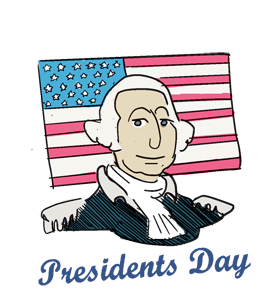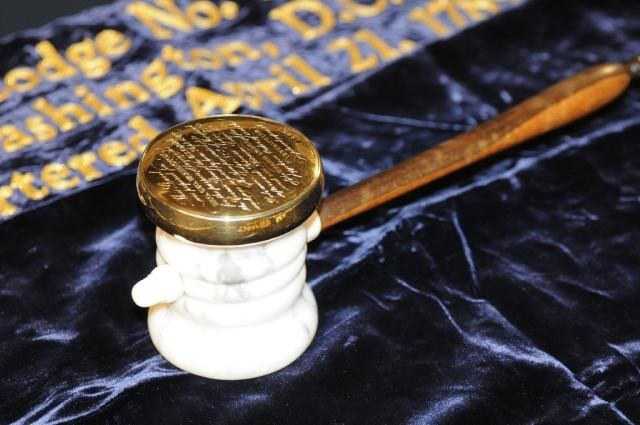
President’s Day History
President’s Day, or Washington’s Birthday as it is still legally known, was originally designed as a celebration of George Washington’s birthdate. In 1880, Congress voted to make this the first national holiday which honored an individual. In 1968, Congress enacted the Uniform Monday Bill, to give workers as many long weekends as possible. This moved as many holidays to a standard Monday each year. Many states were already honoring Abraham Lincoln’s birthday, February 12th, and this celebration was combined with George Washington’s birthday, for one federal holiday. It is observed on the third Monday in February each year.
President’s Day Facts
- According to the Julian calendar, Washington was born February 11, 1732. The Gregorian calendar was adopted in 1752, changing Washington’s birthday to February 22.
- Since 1888, Washington’s Farewell Address has been read aloud in the U.S. Senate on February 22nd.
- George Washington was the Commander in Chief of the Continental Army, first U.S. President, and President of the Constitutional Convention.
- Presidents Day never falls on Washington’s actual birthdate (Feb. 22). The third Monday in February can never be any later than February 21st.
President’s Day Top Events and Things to Do
- Visit Mt. Vernon, VA, Washington’s ancestral home and place of both he and his wife Martha’s tomb. Admission is free on President’s Day.
- Go shopping for a car. Presidents day weekend typically features some of the best car deals of the year as dealers try to clear out prior-year inventory.
- Read George Washington’s Farewell Address and reflect on his contributions to United States.
- Read Abraham Lincoln’s Emancipation Proclamation and reflect on his contributions to the United States.
- Visit the Lincoln Memorial in Washington D.C.
President’s Day References and Related Sites
US National Archives: George Washington’s Birthday
U.S. Senate: Washington’s Farewell Address
George Washington’s Mount Vernon


Leave a Reply